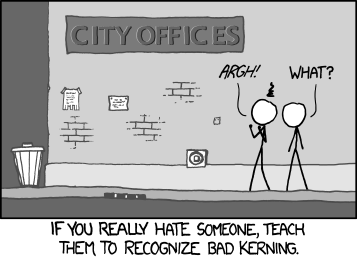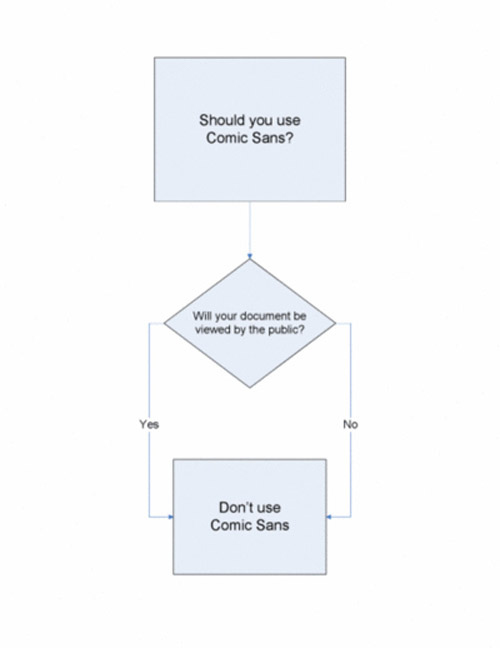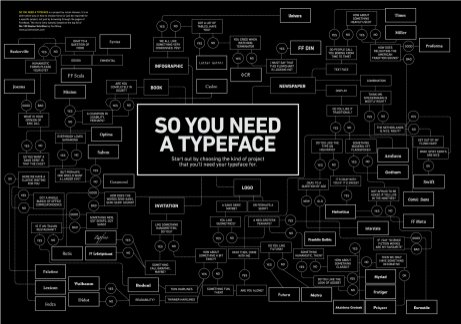David Warren sings the praises of the inventor of “TeX”:
Among my heroes in that trade is a man now octogenarian, a certain Donald Knuth, author of the multi-volumed Art of Computer Programming, and of the great mass of algorithms behind the “TeX” composing system. A life-long opponent of patenting for software, and still not on email, he is one of the finer products of the Whole Earth Catalogue mindset of that era, though as a devoted Christian, he had it from older sources. (The mindset of: forget politics and do-it-yerself.)
Perfesser Knuth’s life journey was somewhat altered when a publisher presented him with the galley proofs for a reissue of one of his earlier volumes. They were, compared to the pages of the original hot-metal edition, a dog’s breakfast. In particular, even when technically correct, the mathematical formulae appeared to have been set by monkeys. He resolved to “make the world a better place” by doing something about this.
Knowing (pronounce the “k” as we do in this author’s surname) that computers can do many things that humans can’t — or can’t within one lifetime — he set about designing the computer processes to calculate beautiful letter and word spacings, line-breaks, line spacings, marginal proportions and such. He understood that civilization depends on literacy, literacy on legibility, and legibility on elegance. Ruthlessly, he recognized that things like “widowed” and “orphaned” lines of text are moral evils, and discovered algorithms that could exterminate them by complex anticipation. Too, he contributed to the counter-revolution by which the letters themselves could be drawn not pixelated.
I will quickly lose my few remaining readers if I go into the details. But here was a man (and still is) who discerned that nature herself is built on aesthetic principles, which men can investigate and apply. It is when something is ugly that we can know that it is wrong. Mathematicians, like poets and other artists, can embody the Faith at the root of this.
To my mind, or I would rather say K-nowledge, there is nothing wrong with technology, per se. We can often do things better with new tools. But we must be guided by the uncompromising demands of Beauty. Everything must be made as beautiful as we can make it: there must be no wavering, no surrender. All that is ugly must be consigned to Hell.






